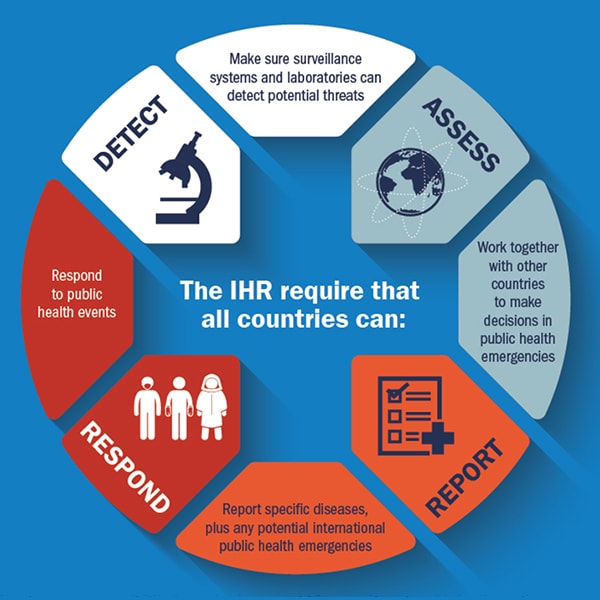Kinds Of Hernias That Require Surgical Intervention

Created By-Borre Leach
* Inguinal rupture: A projection of tissue via a damaged location in the abdominal wall surface, typically on one side of the groin.
* Hiatal hernia: A protrusion of the belly through the diaphragm and right into the breast dental caries.
* Umbilical rupture: A lump near the stubborn belly button that happens when a damaged area in the abdominal wall allows fat or other tissue to press with.
* Forward hernia: A bulge that happens when a weakened location in the abdominal wall permits fat or other cells to push through, frequently near a previous medical cut.
* Incisional rupture: A bulge that takes place when a weakened area in the stomach wall enables fat or various other tissue to push through, commonly near a previous surgical incision.
It is essential to keep in mind that not all hernias call for surgical treatment, yet these types do. If you suspect you have a rupture, it is very important to get in touch with a health care specialist for appropriate diagnosis and therapy.
So, you have actually been experiencing some pain recently, and after a thorough assessment, your physician has actually figured out that you have a rupture. Now, before you start stressing, it is very important to understand that not all ruptures need medical intervention.
However, there are specific types that do, which's what we're below to discuss. From inguinal hernias to umbilical hernias and even hiatal ruptures, every one presents its own unique difficulties and considerations.
However let's not prosper of ourselves right now. We'll study the specifics quickly sufficient.
Inguinal Hernias
If you're experiencing discomfort and discomfort in your groin location, you may have an inguinal rupture that calls for surgical treatment. http://www.doerungin.com/markets/stocks.php?article=pressadvantage-2023-12-2-the-iskandar-complex-hernia-center-unveils-groundbreaking-insights-on-preventing-hernia-recurrence happens when a part of the intestinal tract or cellulite presses via a weak spot in the inguinal canal, which is located in the lower abdomen.
This type of hernia is a lot more usual in men than ladies and can be brought on by elements such as heavy training, stressing during defecation, or chronic coughing. Signs of an inguinal rupture include a bulge in the groin location, pain or pain when coughing or lifting, and a feeling of pressure or weakness in the groin.
If left without treatment, an inguinal rupture can cause issues such as bowel blockage or strangulation, which is why medical treatment is required to fix the hernia and avoid more difficulties.
Umbilical Hernias
Do you recognize what an umbilical hernia is and exactly how it can be dealt with surgically?
An umbilical rupture happens when a part of the intestinal tract or abdominal tissue protrudes with a weak point in the abdominal wall surface near the tummy switch.
If you have an umbilical rupture that needs surgical intervention, here are 3 treatment alternatives to take into consideration:
- Rupture repair surgical procedure: This is one of the most typical therapy for umbilical hernias. During the treatment, the doctor will make an incision near the rupture and press the sticking out cells back right into area. They'll then strengthen the abdominal wall utilizing stitches or a mesh patch.
- Laparoscopic surgery: Sometimes, a minimally invasive method called laparoscopic surgical procedure might be used. This technique entails making small lacerations and making use of an electronic camera and specialized tools to repair the hernia.
- Open surgery: In more complicated situations, open surgical treatment might be necessary. This entails making a larger laceration to accessibility and fix the rupture.
Hiatal Hernias
A hiatal hernia occurs when part of the belly extends with the diaphragm right into the chest tooth cavity. This sort of rupture is relatively typical and frequently requires surgical treatment.
Hiatal hernias can be classified into 2 major types: moving and paraesophageal ruptures. Sliding hernias are one of the most usual and happen when the lower part of the esophagus and the top of the stomach slide up into the upper body via the hiatus, a small opening in the diaphragm.
On the other hand, paraesophageal ruptures are much less common however a lot more severe. In this kind, a portion of the belly pushes with the hiatus along with the esophagus, causing potential difficulties like gastric volvulus or strangulation.
Surgical fixing is normally necessary to deal with hiatal hernias and relieve signs such as heartburn, chest discomfort, and difficulty ingesting.
Conclusion
So there you have it, the various types of ruptures that require medical intervention.
visit the next site of a hernia situation that needed surgery is John, a 45-year-old male that dealt with an inguinal rupture. In spite of his first discomfort and concern, John opted for medical intervention.
The procedure was successful, and he experienced a full healing, permitting him to go back to his typical tasks without any additional complications.
Bear in mind, it is very important to speak with a healthcare specialist if you believe you may have a rupture that needs medical therapy.

